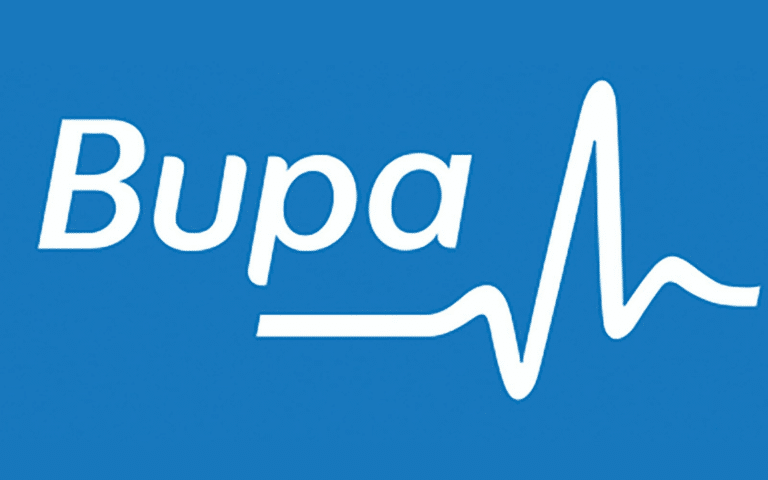Indeed a limited knowledge of the anatomy and biomechanics of the PLC of the knee, coupled with poor outcomes with non-operative management has resulted in the PLC often being labelled “the dark side of the knee”.
As with many MSK issues which have traditionally been labelled as “difficult”, it is often a lack of understanding and recognition of the issue in the first place which results in an alternative narrative and the initiation of a treatment and rehabilitation plan which was almost doomed to failure from the start.
For this blog, we will look at PLC injury from two perspectives: the subtle but potentially troublesome relatively lower-grade PLC injury associated with hyperextension/varus mechanisms of injury and we will also touch on PLC injury as part of a Complex knee injury with ACL or PCL injury and associated PLC injury.
PLC injuries are reported in the literature to make up less than 2% of patients presenting with a knee ligament injury, however as part of significant complex knee injuries with multiple injured structures, the PLC has been reported to be involved in 16 to 28% of these.
ANATOMY OF THE PLC
Whilst the anatomy of the PLC can seem complex and a challenging region to understand, we are essentially focused on 3 primary stabilising structures which collectively make up the PLC with the support of secondary (contractile and non-contractile) structures, which also contribute to the stability in that region.
LaPrade and colleagues back in 2003 produced an excellent paper to describe the anatomy in detail.
Static Stabilisers of PLC-
- Fibular (or lateral) collateral ligament (FCL or LCL) — the FCL is the most lateral structure of the PLC. It acts as the primary virus stabiliser of the knee whilst also providing restraint to tibial external rotation in 0-30 degrees of knee flexion. Isolated injuries to the FCL are fairly common (though not seen as often as Medial knee injuries) and the applied anatomy and passive stabilising role of the FCL can be seen when analysing the mechanism of injury with injuries sustained with forced open kinetic chain (OKC) varies forces or external tibial rotation (closed chain) between 0-30 degrees.
- Popliteus Tendon (PT) — the PT originated anterior to the FCL on the lateral femoral condyle. It then descends posteromedially and passes through the popliteal hiatus of the lateral meniscus which gives a good indication of how integrated the anatomy in that region of the knee is. It then continues towards the back of the tibia to form its musculotendinous junction (MTJ) and a broad muscle belly with a tendinous insertion at the back of the proximal tibia. The PT is ligament-like in its function and acts as a stabiliser for external rotation.
- Popliteofibular ligament (PFL) — the clue is in the name. The PFL originates from the proximal and lateral aspect of the MTJ of the PT. The ligament then descends to attach at two points onto the fibula styloid. The PFL acts as a secondary stabiliser to the varus and internal rotation of the tibia.
- Other static structures – Meniscofemoral ligament, Meniscotibial ligament, Fabellofibular ligament, Arcuate ligament
- Dynamic stabilisers – Lateral head of Gastrocnemius, Illiotibial band (ITB), Biceps Femoris distal tendon
- Other important structures – Proximal Tibiofibular joint.
Mechanism of Injury
Contact Hyperextension
- Non-contact Hyperextension
- Direct Varus stress to the knee
- Varus blow to the knee
- Blow to anteromedial knee
- The extension-associated mechanism of injuries which impact the PLC is one of the reasons that ACL is an associated injury in complex knee injuries. Whilst ACL injuries can occur in relative knee flexion (if enough tibial translation/rotation occurs) it is likely that when the injury occurs in relative extension and the associated PLC structures are also placed under stress that a combined injury can occur with high-grade rotational injuries resulting in ACL injury + associated injury of all the passive stabilisers of the PLC and even complete rupture of the Gastroc and Biceps fem tendons.
Examination
Like all injuries a thorough understanding of the mechanism, location of pain and swelling and, if accessible, a clear view of the mechanism of injury will raise suspicion of PLC injury if the above criteria are reported or seen.
Gross instability can usually be identified in the immediate aftermath if an assessment is taking place in a sporting setting with pitch-side medical cover. For more subtle injuries it may be that high levels of pain limit the physical assessment in the first 48 hours and more can be gained by allowing the initial pain and swelling to settle and the assessment repeated.
If an MRI is obtained then a thorough report from an MSK radiologist experienced in complex knee injuries is also very useful.
Assessment of ACL (Anterior Drawer and Lachmann’s) and PCL (Posterior draw, Posterior Sag, PCL step-off) should be a primary assessment for any high-velocity rotational knee injury or one involving blunt force to a bent knee.
PLC-specific testing includes-
- Varus stress test at 0 and 30 degrees — increased varus at 0 degrees is indicative of injury to PLC +/-possible cruciate involvement. Increased varus at 30 degrees is indicative of isolated FCL injury. (Hughston Grade I – 0-5mm, Grade II 5-10mm, Grade II >10 mm). FCL can also be easily palpated with the knee in a bent fall-out position and in the case of significant injury will be palpably absent/lacking tension and in more mild injury will be tender on the fibula head.
- Passive Hyperextension (compared to opposite side and baseline).
- Dial test — (patient prone) — external rotation of the feet at 30 degrees and 90 degrees of knee flexion. An increase of external rotation at 30 degrees is an indicator of PLC injury and instability (end feel important) and an increase at both 30 degrees and 90 degrees can indicate PLC + PCL injury. Combine assessment with PCL-specific tests and focus on which structures are likely to be injured.
View a video demonstration of the Dial Test on FIFA’s YouTube channel here.
Classification
Fanelli A – increase in Tibial external rotation
Fanelli B – increase in Tibial external rotation + mild instability on Varus test
Fanelli C – Increase in Tibial external rotation + significant instability on Varus test
Management and Rehabilitation
For significant complex knee injuries with associated ACL injury, it is clear that reconstruction of the ACL with associated surgical repair of a high-grade PLC injury is a completely separate blog and in fact, we discussed this previously here
https://rehab4performance.com/complex-knee-injuries-why-no-two-acl-anterior-cruciate-ligament-injuries-are-exactly-the-same/
Grade 1 or A PLC injuries a period of conservative rehabilitation aimed at settling acute pain and swelling followed by gradual exposure to the demands of the individuals’ sport will see a return in around 3-4 weeks.
Grade II or B. PLC injuries — it is vital to determine if the degree of instability requires surgical stabilisation. This is a clinical decision based on careful assessment of the knee combined with radiological findings. For grade II/B injuries which are deemed stable (despite an increase in laxity) then an individualised rehabilitation program will be developed depending on the specific structures involved and if there is any involvement of dynamic stabilising structures such as Hamstring tendon (which essentially means you are concurrently rehabilitating a 3C distal biceps fem injury).
A period in a knee brace of between 4-6 weeks followed by a period of progressive rehab of 4-6 weeks means that the likely timescale back to full activity will be 8-12 weeks in cases of Grade 2/B injury with instability for which surgical repair isn’t indicated.
Conclusion
Increasing awareness of the anatomy and contributory stabilising properties of individual structures in the PLC means we no longer have to consider this the dark side of the knee.
Whilst it is clear that no two rotational or extension/varus, stress-related knee injuries are the same and indeed two apparently comparable mechanisms of injury can result in a very different injury pattern, the same rules of careful assessment on a settled knee to allow accurate diagnosis of injured structures in terms of their involvement and degree of laxity remain.
Varus stressing, combined with rotational stressing (Dials test) and additional ACL/PCL testing means we can be extremely accurate in diagnosing injured structures. If concerns remain about the stability of the joint then a referral to a knee surgeon for further assessment and the potential for surgical repair or reconstruction be discussed.
At R4P we can arrange MRI scans and surgical reviews where appropriate, guide the early phases in terms of brace and crutches use, allow the early introduction of safe strength work and treadmill work on the alter-g and return patients from the most complex of knee injuries back to full performance as they pass through various objective criteria on the way.
These injuries can’t be rushed in the early phases and a period of relative offload to allow injured structures to heal in an optimal way followed by gradual stressing of the healing structures results in the best outcomes.
We are shining a light on the dark side of the knee and are here to guide you through every step.












